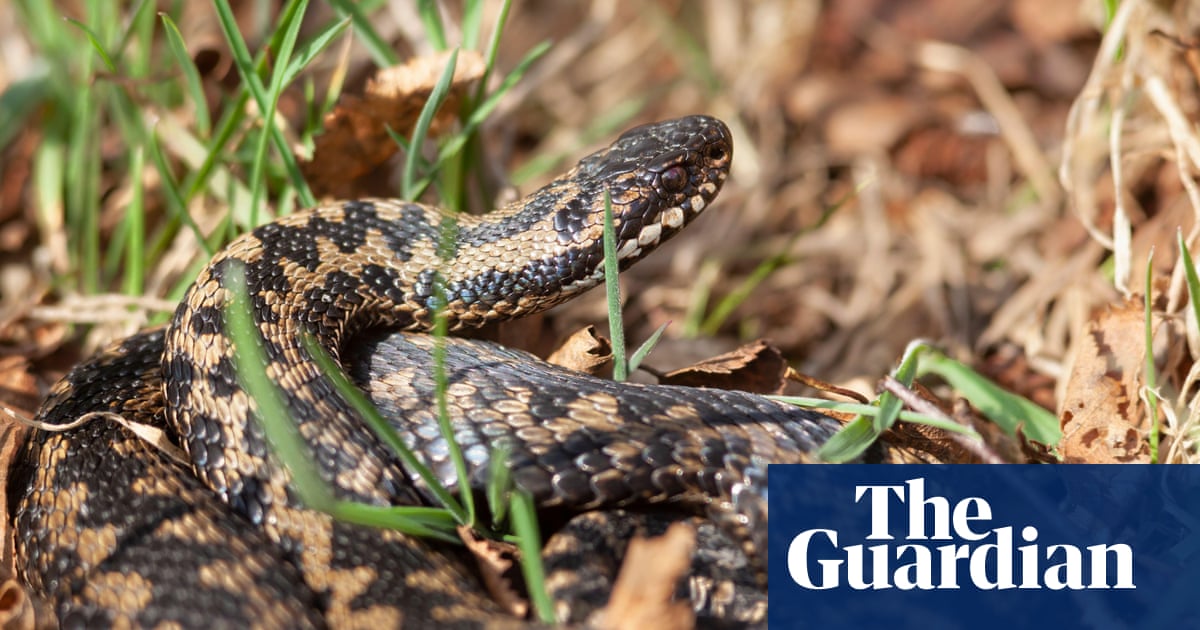Are you looking to make a positive impact on the environment and reduce your carbon footprint? Living sustainably is easier than you think! By taking simple steps to reduce your carbon footprint, you can help protect the planet for future generations. In this article, we will explore some easy ways to live sustainably and minimize your environmental impact.
One key step to living sustainably is to reduce your energy consumption. According to the Environmental Protection Agency, the average American household emits about 20 metric tons of carbon dioxide each year through energy use. By making small changes to your daily routine, such as turning off lights when not in use or using energy-efficient appliances, you can significantly reduce your carbon footprint.
Another important aspect of living sustainably is reducing waste. The average person produces about 4.4 pounds of waste per day, much of which ends up in landfills. By recycling, composting, and choosing products with minimal packaging, you can help decrease the amount of waste that ends up in our landfills. As sustainability expert Lauren Singer says, “Living sustainably is all about making conscious choices to reduce your impact on the planet.”
One simple but effective way to reduce your carbon footprint is to eat a plant-based diet. According to a study published in the journal Science, meat production is a major contributor to greenhouse gas emissions. By cutting back on meat consumption and incorporating more plant-based foods into your diet, you can help reduce your environmental impact. As environmental activist Greta Thunberg says, “Every bite we take has an impact on the planet.”
In addition to these lifestyle changes, there are many other ways to live sustainably and reduce your carbon footprint. By using public transportation, biking, or carpooling instead of driving alone, you can help decrease your carbon emissions. You can also support sustainable businesses and choose products made from renewable resources.
By following these simple steps to reduce your carbon footprint and live sustainably, you can make a positive impact on the environment and help create a more sustainable future for all. For more tips on sustainable living, visit Planetary Citizens and join the movement towards a greener, more sustainable world.
Sources:
– Environmental Protection Agency. “Household Carbon Footprint Calculator.” https://www.epa.gov/ghgemissions/household-carbon-footprint-calculator
– Science. “Reducing food’s environmental impacts through producers and consumers.” https://science.sciencemag.org/content/360/6392/987
– Lauren Singer. “Trash Is for Tossers.” https://www.trashisfortossers.com/
– Greta Thunberg. “Our house is on fire.” https://fridaysforfuture.org/
